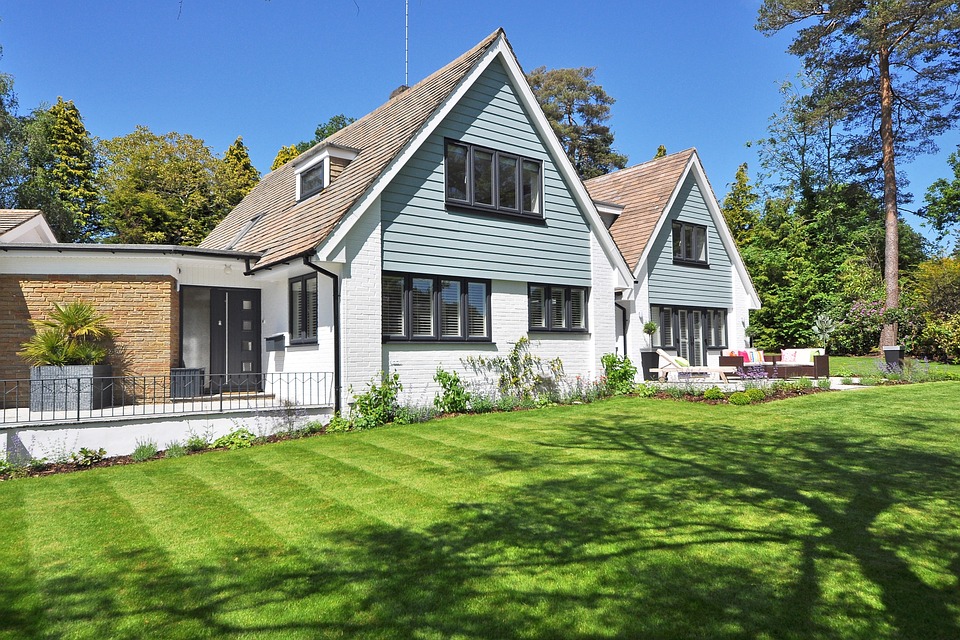How to Build Sustainable Cities for the Future
In today’s rapidly growing world, the need for sustainable cities has become more important than ever before. With climate change, urbanization, and population growth on the rise, it is crucial that we take steps to build cities that are environmentally friendly, socially inclusive, and economically viable.
Planning for Sustainable Cities
Building sustainable cities requires careful planning and consideration of various factors. Urban planners must take into account the efficient use of resources, access to public transportation, green spaces, and sustainable housing options. By designing cities with sustainability in mind, we can create environments that are healthier, more livable, and more resilient to the impacts of climate change.
Green Infrastructure
One key aspect of building sustainable cities is investing in green infrastructure. This includes the creation of parks, green spaces, and urban forests to help improve air quality, reduce urban heat islands, and promote biodiversity. By incorporating green infrastructure into city planning, we can enhance the quality of life for residents and mitigate the effects of climate change.
Renewable Energy
Another important element of sustainability is the use of renewable energy sources. Cities can transition to renewable energy sources such as solar, wind, and hydroelectric power to reduce greenhouse gas emissions and decrease reliance on fossil fuels. By investing in renewable energy infrastructure, cities can become more self-sufficient and reduce their environmental impact.
Smart Technology
Advancements in technology have revolutionized the way we live and work. By incorporating smart technology into city planning, we can improve the efficiency of public services, reduce energy consumption, and enhance the quality of life for residents. Smart technology can be used to monitor traffic patterns, optimize waste management, and facilitate communication between city agencies and residents.
Community Engagement
Building sustainable cities requires input and collaboration from residents, businesses, and government agencies. By actively involving the community in the planning and development process, cities can ensure that their needs and concerns are taken into account. Community engagement can lead to more inclusive decision-making, greater transparency, and increased support for sustainable initiatives.
Conclusion
As we look to the future, it is clear that building sustainable cities is essential for the well-being of both current and future generations. By incorporating green infrastructure, renewable energy sources, smart technology, and community engagement into city planning, we can create cities that are healthy, vibrant, and resilient. It is up to us to take action now to build sustainable cities that will benefit us all in the years to come.


